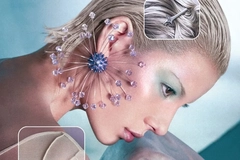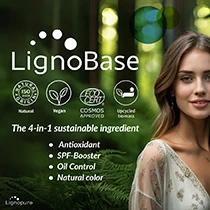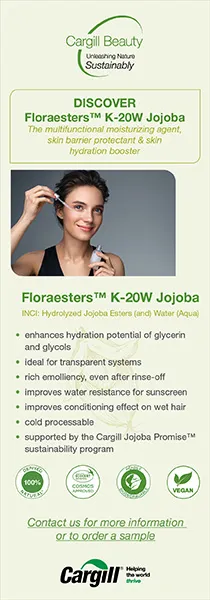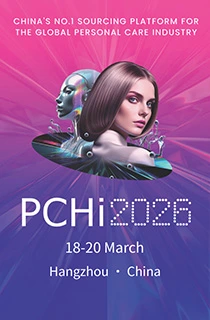UV filters attached to microplastics transform chromium pollutants into ecotoxic forms

14 Dec 2022 --- Hong Kong-based researchers have found that the interaction of microplastics (MP) with chemicals like benzophenone-type (BP-type) UV filters can affect the sorption, oxidation state and toxicity of chromium (Cr) – transforming the metal into a harmful form, affecting microalgal growth.
“These surprising results unveil an overlooked capability of MPs – that is, the ability to transform metal-organic complexes into potentially toxic metal species – in natural environments,” highlight the study authors.
They tout the study as being the first to provide evidence of how the co-occurrence of organic chemicals can affect MP-bound metals and their ecotoxicological effects. They reveal that BP-type UV filters mix with Cr (III) to form metal-organic complexes. These Cr-UV filter complexes turn into toxic Cr(VI) on polystyrene MPs (PSMP) surfaces.
The results reveal that MPs accumulate and transform pollutants in a “true cocktail of chemicals.”
“Actionable implications” The study urges for more research to assess how metals and MP can affect human health.
The study urges for more research to assess how metals and MP can affect human health.
The researchers suggest that their study can offer three actionable implications.
“First, given that numerous metals and organic chemicals, including Cr and organic UV filters, have been found on the surfaces of environmental MP samples, the potentially toxic activities of MPs, newly revealed in this work, should be carefully considered in future research on MP–metal interactions,” they suggest.
Moreover, it is essential to look at the qualitative (chemical form of metal) and quantitative (total metal concentration) analysis of components bound to MPs to accurately assess its ecological risks.
Lastly, the study signals a “bigger problem” – MP-bound metal complexes should be researched to assess how it can affect human health as MPs accumulate in drinking water sources and tap water.
Details of the study
The researchers used pristine PSMPs and UV-irradiated PSMPs in the test.
Cr(III), along with UV filters BP-1, BP-2, BP-3, and BP-8, was mixed into an aqueous solution.
The researchers studied the growth of C. vulgaris. “When these Cr-UV filter complexes were present in the form of MP-bound chemicals, significant reductions of microalgae biomass were observed,” note the authors.
After sorption experiments with Cr(III) alone and Cr–UV filter mixtures, the oxidation state of Cr on the PSMP particles was identified by a Nexsa G2 X-ray photoelectron spectroscopy (XPS) surface analysis system using a 12 kV cathode biased aluminum Kα radiative source (Thermo Fisher Scientific, USA).
Microplastics in spotlight
In recent news, The European Commission (EC) released a long-awaited draft proposal on restricting intentionally-added microplastics from various packaging, cosmetics, sports pitches and other general materials.
Conversely, Dr. Chris DeArmitt, chemist and polymer scientist at Phantom Plastics, told us that the statements made in the EC’s document are “fiction” and asserts there is no credible evidence for the proposal’s claim microplastic has a “devastating” effect.
In other measures, the EC proposed stricter rules on ambient air, surface and groundwater pollutants and urban wastewater treatment to protect human health and ecosystems. These rules would require cosmetic companies to pay to remove “toxic micro-pollutants” from EU wastewater.
In industry responses to the increased rules around pollution, ground avocado seed was “for the first time” being upcycled and added to a range of cosmetics to replace the UK-banned plastic micro-beads. BASF collaborated with Zara Home to introduce The Laundry, touted as the first detergent designed to lessen microfiber discharge while washing in cold temperatures.
By Venya Patel












